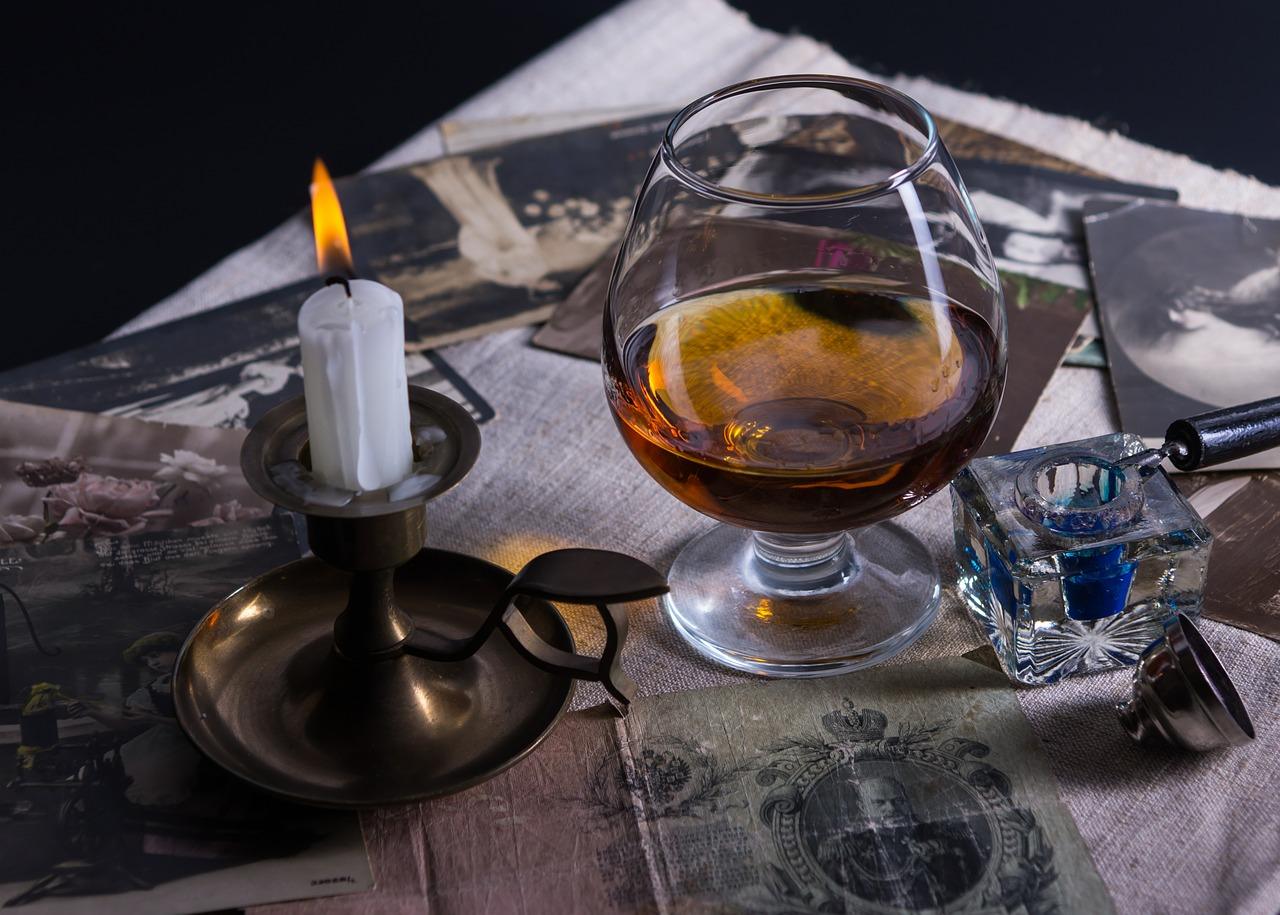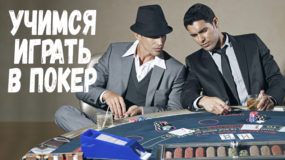Cognac is one of the elite spirits, which is attributed to aperitifs. The taste is quite soft, with a certain pungency, very harmonious. French cognacs are characterized by a unique aftertaste of tarry or chocolate tones in combination with nutmeg, saffron, jasmine, ginger.
Northern, or Russian, are characterized by piquant notes of exotic flowers or noble esters with an aftertaste of tones of raisins, almonds or prunes. Not for nothing that Victor Hugo called cognac - "a drink of the gods."
The color is no less sophisticated and noble, from golden amber and light golden to dark amber and the color of old gold. Good-aged collection French cognac is not inferior in value cars famous brands. Allow it only millionaires. Going to a celebration, calmly give a bottle of cognac - this is a prestigious gift.
Basic rules for drinking
Drink lovers believe that cognac is so noble, that first you need to create a certain atmosphere, and then partake of it. Drinking in home clothes and in the kitchen is considered an extreme disrespect for the drink, it is advised to wear an evening dress or business suit.
To recharge with positive emotions and enjoy the drink, learn to feel the aroma of cognac.
Glasses from which it is advised to drink cognac
Snifter, which means “sniffing”, is a traditional cognac glass that has been known since about the 16th century. In shape - a spherical shape with a short leg, tapering upwards, with a volume of 170 ml - 240 ml. Often such glasses are made of crystal or transparent and thin glass. The narrowed shape of the glass preserves the unique aroma of the drink.
Some experts say that holding a sniffer in hand, the heat of the hands is transferred to the cognac and the taste becomes better. But others unanimously say that it is impossible to heat.
Connoisseurs choose more modern dishes, on a high leg and resembling a tulip bud. Glasses in the shape of a “tulip” are the most convenient for tasting, as they allow you to concentrate most of the aroma. Some people like to drink cognac from special cognac glasses in the form of a barrel with a volume of about 25 ml.
Open the bottle as with some liquors, advised 30 minutes before tasting. During this time, the drink is saturated with oxygen and enhances taste.
Cognac snacks
In Russia, since the time of Nicholas II, there is a tradition of snacking on cognac with lemon. However, most claim that lemon distorts the taste of a noble drink. Lemon is good with vodka or tequila.
In France, brandy or chocolate is served with cognac, a cup of coffee is drunk, and then a cigarette is smoked, the so-called rule of three "C", Cafe, Cognac, Cigare.
Hard cheese, low-fat meat, olives are suitable for a snack. Some throw ice cubes into cognac and drink them with grape juice or still mineral water.
Homemade brandy recipe video
5 stages of proper brandy drinking
It is better to drink cognac at home separately from food, sitting in a comfortable chair, in a relaxed atmosphere. Do not drink in one gulp, savor every sip.
- Fill the glass by about a quarter, take it by the leg (in the hand, if the glass is with a small leg), evaluate the color of the drink.Sometimes it fascinates with an unusual color scheme. Through the liquid should clearly see the fingerprint left on the glass.
- Rotate the glass around the axis and return to the vertical position. Drops, the so-called cognac legs, should flow down the walls of the glass. The more such drops and the thicker the trace, the cognac is older. If the “legs” hold for about 5 seconds, cognac with aging for at least 5-8 years, if about 15 seconds, aging for at least 20 years.
- Smell cognac to feel the subtlety of the aroma. First of all, volatile constituents are felt. At the next stage, you can feel a whole palette of smells, for this you need to unwind the glass and smell the contents. In a good drink you can see woody notes of oak, pine or cedar, spicy flavors vanilla or cloves, fruity notes of apricot, plum, pear or cherry. You can feel the aromas of almonds, peanuts, musk, leather, toasted bread or coffee.
- Take a sip and feel the taste of the drink. The first sip will make you feel the high alcohol content in the drink. Do not immediately take the next sip.
- Feel the new nuances, the harmony of the bouquet, the softness and oiliness of the drink. If you don’t like the bitterness, have a bite meat or chocolate.
A bit of history
Cognac since ancient times is a true French strong drink made in the city of Cognac (Cognac). As early as the 12th century, several large vineyards were laid in the vicinity of this small town. Initially, wine was made from excellent grape harvests and sent to the countries of Northern Europe by sea. The journey was a long one, and wine, during transportation, lost its taste and value, which caused considerable losses to producers.
A lot of time passed and by the 17th century new technologies appeared that made it possible to develop a wine distillate. The new product during long-term transportation did not change the quality and turned out to be much more aromatic and rich than ordinary wine. French merchants noticed that the new drink, after storage in oak barrels, becomes more aromatic, and the taste improves.
Hennessey story
By the 19th century, enterprises appeared in Cognac and other cities in France for packaging strong drinks in glass containers. Demand increased, so I had to expand the area under the vineyards.
Currently produced in Georgia, Armenia, Spain, Greece, Russia. Only cognac product obtained by manufacturers of different countries is not called brandy, but brandy. The exclusive right to use the Cognac logo is reserved only to French manufacturers.
Brandy making
For the manufacture and production using certain white grape varieties, which are harvested in mid-October. The most common varieties: colombard, montil, uni blanc. Harvested grapes are squeezed and the resulting juice is sent to fermentation. Then comes the distillation, literally "dripping", during which a fraction is produced with a strength of up to 72% alcohol. The resulting fraction is placed in barrels, necessarily oak, for aging. The minimum term is 30 months.
According to French law, it is forbidden to add sugar and sulfates to the cognac during the cooking process. To achieve the desired color, it is allowed to use alcohol tincture on oak chips or caramel.
Cognac of high quality is transparent, without impurities and inclusions, the consistency is a little oily. Fortress - at least 40%. Cognac is divided into several categories, depending on exposure: aging 3 years - "3 stars", up to 6 years - "6 stars". Sometimes, instead of asterisks, a certain abbreviation is written on the label. KV means that cognac is aged for about 6 years, KVVK - not less than 8 years, KS - long exposure, about 10 years. The most famous cognac producing houses are Hennessy, Biscuit, Martel, Remy Martin.
Brandy has positive properties, but you should not abuse it. The optimal dose is 30 grams. It is better to drink in its pure form, without diluting with tonics or soda.










